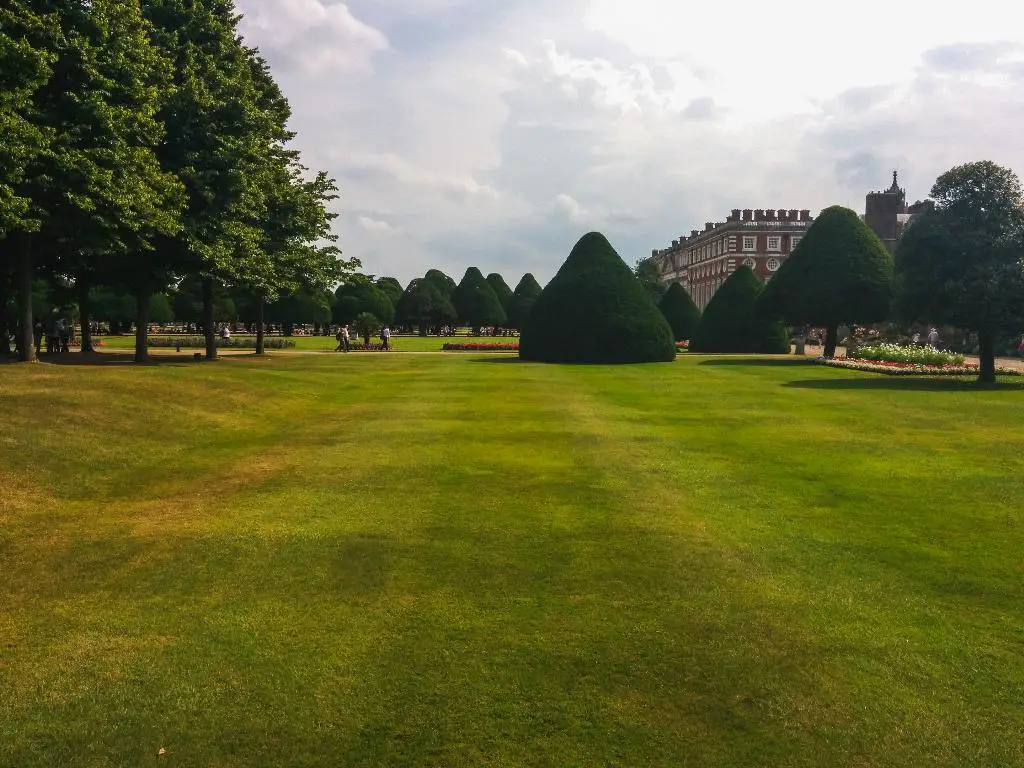One common question that many lawn owners grapple with is determining when to stop mowing their lawns as the seasons transition. Understanding when to halt the mowing routine can significantly impact the health and appearance of your lawn. Let’s delve into the various signals and factors that indicate it’s time to give your lawn a break from the mower.
Soil Temperature
A crucial factor to consider when deciding when to cease mowing your lawn is the soil temperature. Warm-season grasses, such as Bermuda grass and Zoysia grass, tend to go dormant when the soil temperature consistently remains below 55 degrees Fahrenheit. Conversely, cool-season grasses, like Kentucky bluegrass and fescue, typically enter dormancy when the soil temperature hits around 45 degrees Fahrenheit.
Visual Cues from Nature
Observing the changes in nature can also serve as a valuable guide for determining when to stop mowing your lawn. As the days grow shorter and the temperatures begin to drop, grass growth naturally slows down. Leaves falling from trees and the gradual transition to winter signify that your grass is preparing for dormancy, indicating that it may be time to give your lawn a rest from the mower.
Mowing Frequency
As the growing season comes to an end, you may notice that your grass requires less frequent mowing. Instead of sticking to a strict mowing schedule, it’s important to adjust your mowing frequency based on the growth rate of your lawn. Cutting the grass too low or mowing too frequently as the grass enters dormancy can weaken it and make it more susceptible to winter damage.
Grass Height
Monitoring the height of your grass can provide valuable insights into when to stop mowing. Typically, warm-season grasses should be mowed shorter in the fall to prevent mold and disease issues. However, cool-season grasses benefit from being left slightly taller in the autumn to promote root growth and prepare for winter dormancy. Adjusting the mowing height according to the type of grass you have can help maintain a healthy lawn.
Weather Patterns
Keeping an eye on the weather forecast can also help you determine the ideal time to halt mowing your lawn. If there are predictions of frost or freezing temperatures in the near future, it’s advisable to stop mowing your grass to allow it to enter dormancy naturally. Mowing wet grass before a cold spell can also damage the turf and hinder its ability to withstand winter conditions.
Preparing for Winter
Adjusting your lawn care routine as winter approaches is essential for ensuring a healthy lawn in the spring. Ceasing mowing and focusing on other winter lawn care tasks, such as aerating, overseeding, and applying winter fertilizer, can help your grass withstand the cold weather and emerge green and vibrant when the growing season resumes.
Respecting Dormancy
Allowing your lawn to enter dormancy uninterrupted is crucial for its long-term health. While the urge to mow may be strong, resisting the temptation and letting nature take its course can benefit your grass in the long run. Dormancy is a natural process that helps grass conserve energy and prepare for the harsh conditions of winter.
Timing Considerations
Timing is key when it comes to deciding when to stop mowing your lawn. By paying attention to the signals from nature, the growth patterns of your grass, and the weather conditions, you can make an informed decision about when to give your lawn a break from the mower. Remember that every lawn is unique, so it’s essential to tailor your mowing schedule to the specific needs of your grass.
Final Thoughts
Knowing when to stop mowing your lawn is a balancing act that involves considering various factors such as soil temperature, visual cues from nature, mowing frequency, grass height, weather patterns, and winter preparations. By being attuned to the needs of your lawn and adjusting your mowing routine accordingly, you can help your grass thrive and prepare for the changing seasons ahead.

